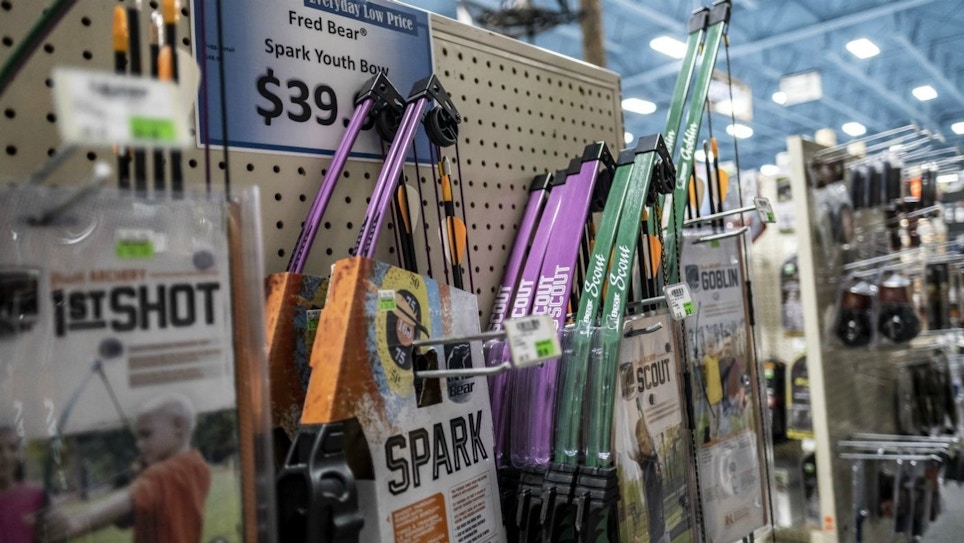I had an interesting experience recently. One of my clients invited me to attend a large convention to help run a giveaway in their booth. I had the chance to speak with several hundred people over the course of four days, and I was surprised by the number of young adults I met who did not have social media.
“No, I don’t,” one young woman said when I asked if she used Facebook. “But my mom does.”
That seemed to be the trend, with members of Gen Z — the oldest of whom are now 22 — far less likely to have a social media presence than baby boomers, Gen X or Millennials.
And when I dug deeper, I found that Gen Z is indeed rejecting social media in large numbers. A 2018 survey conducted by Origin found that 34 percent of Gen Z say they have quit social media, while 64 percent have taken a break. As one young man explained to me, this is a generation that has grown up with computers, and they’re tired of engaging with a screen.
Many small business owners will breathe a sigh of relief at this news. Perhaps social media was just a phase after all, and now they won’t have to learn how to use it in order to market to customers and potential customers. But a word of caution: This social media exodus creates its own set of challenges. What are young adults moving to now? If they’re not on social, how can marketers reach them?
Where Are the Kids?
The problem with marketing to Gen Z is that even though they’re eschewing social media, they’re not necessarily turning back to more traditional forms of media. When was the last time you saw a 19-year-old reading a newspaper? They stream music and their favorite shows rather than listening to the radio or subscribing to cable. They also do not like to be sold to by companies. This is a generation that has been marketed to since the moment they first logged on to the internet, and they can be cynical about sales pitches and advertising claims.
If they’re not using traditional forms of media and they’re not on social media, you’re going to need to be creative in how you get your message in front of young adults today.
Recognize Opportunity
Although it may be more difficult to consistently reach Gen Z, their rejection of social media gives you an incredible opportunity. Large corporations armed with artificial intelligence need data and access in order to implement their fancy algorithms, and so they lean heavily on social media to learn about and reach potential customers. As Gen Z steps away from Facebook and Instagram, those big companies will struggle to get targeted ads in front of them.
In addition, Gen Z is an ideal audience for small businesses. This is a generation that, overall, distrusts large corporations. They would much rather support smaller companies that align with their values than give their money to a faceless corporation.
Do Good
Gen Z wants to partner with brands that speak to what they care about, so it’s important to them to see companies doing well. In a Forbes article on reaching Gen Z, Gina Michnowicz of Union+Webster pointed out that while Gen Z wants to purchase from companies that share their values, they can easily spot philanthropy done only for the visibility.
Identify ways that your shop can get involved in your community. “Brands may need to develop more robust programs which help people, communities and/or the environment,” Michnowica said. “This can offer employees volunteer opportunities where they act as brand ambassadors.”
You could also approach local schools or organizations that you believe in and offer to partner with them on a fundraiser. My children’s elementary school has an annual silent auction that features donated items from local businesses. An auction package that included archery range time and rental equipment would be a lot more exciting than a basket of scented candles.
Aim Young
You might have a hard time reaching the older members of Gen Z, but if you hook people while they’re young, you won’t need to work as hard to introduce them to your brand later. This is probably nothing new to most archery shops, but getting kids into archery early will give you huge returns later on.
If you’re having a hard time bringing kids through the door, study other kids’ activities in your area. Look at gymnastics, dance and karate to see how those businesses structure their classes, costs and advertising. We have a large gym locally that offers a number of children’s programs. To introduce parents to what they offer, the company has open gym hours midmorning on weekdays (when stay-at-home parents are desperate for something to do to get out of the house) where, for a few dollars, the kids can run around and try a few things. The company also offers reasonably priced birthday parties and puts fliers about upcoming programs in goodie bags.
Optimize for Mobile
Gen Z doesn’t surf the web the same way that older generations did. This is a generation that not only had access to the internet their entire lives, but they’ve also grown up with smartphones. The oldest members of Gen Z were 10 when the iPhone was first introduced. They don’t sit at a desktop computer to find information; they want everything they need to be available where and when they want it.
How does your website look on a mobile phone? Is it easy to navigate on a small screen? Can you quickly find necessary information such as hours, location and a list of available archery classes? If not, look at updating your website to make it more mobile friendly. This generation has a lot of options, and they don’t have a lot of patience for companies that don’t have answers to their questions immediately accessible.
Partner With Gen Z-Approved Brands
Partnerships are a great way to increase your shop’s visibility in your community. You can also use partnerships to become more visible to young adults. Find local businesses or organizations that already appeal to Gen Z, and figure out a way to work together. For example, if there is a local restaurant favored by your town’s youth, you could have that restaurant cater an event you put on and do some cross promotion in the process (i.e., the restaurant advertises the event with in-store signage, and you feature the restaurant’s name and logo on your advertising efforts).
Use YouTube
Although many young adults are turning their backs on social media, YouTube is still a popular platform for consuming videos and offers a way for small businesses to reach consumers of all ages.
One of the major benefits of using YouTube for your shop is it allows you to market in a Gen Z-friendly way. Although Gen Z is wary of marketing ploys, they do respond well to helpful content. If your shop were to produce a series of YouTube videos that answered questions people might have about archery, getting started in the sport, basic equipment, etc., you could link to those videos from your website so they would be available to people specifically visiting your site and to people searching for answers on YouTube. Think in terms of “selfless” content. You’re not so much promoting your shop as you are promoting yourself as an expert on archery. That will both give you more credibility and make your young adult customers feel more at ease with you.

Don’t Give Up on Social Entirely
Two out of three young adults still spend some time on platforms such as Instagram and Twitter. Ignoring those platforms entirely would be a mistake, especially since this rebellion against social media may not be permanent. Just look at how many people delete their Facebook accounts only to return months later.
Of course, your social media efforts are important for reaching other generations, so continue working to improve your online marketing. If you’re not a natural at social media, look into courses offered by the Small Business Administration. If you visit the SBA’s online Learning Center and select the “Launch Your Business” option, you’ll find a quick online course on Social Media Marketing that can help you get started.
Better yet, consider hiring someone to help manage your social media. If you’re not ready for a full-time social media manager, you could contract with an agency with experience in online marketing or find a freelance social media consultant to evaluate your digital strengths and weaknesses. Thanks to the gig economy, there are lots of freelancers who would be happy to provide you with a knowledgeable, affordable package.
Sidebar: Defining the Generations
Defining the cutoff points of each generation is not as simple as it may sound. However, Pew Research Center provides the following as a guideline to the age ranges of current generational divisions.
- Gen Z: ages 7 to 23
- Millennials: ages 4 to 39
- Gen X: ages 40 to 55
- Boomers: ages 56 to 74
- Silent: ages 75 to 92
Archery shop photos by John Hafner




